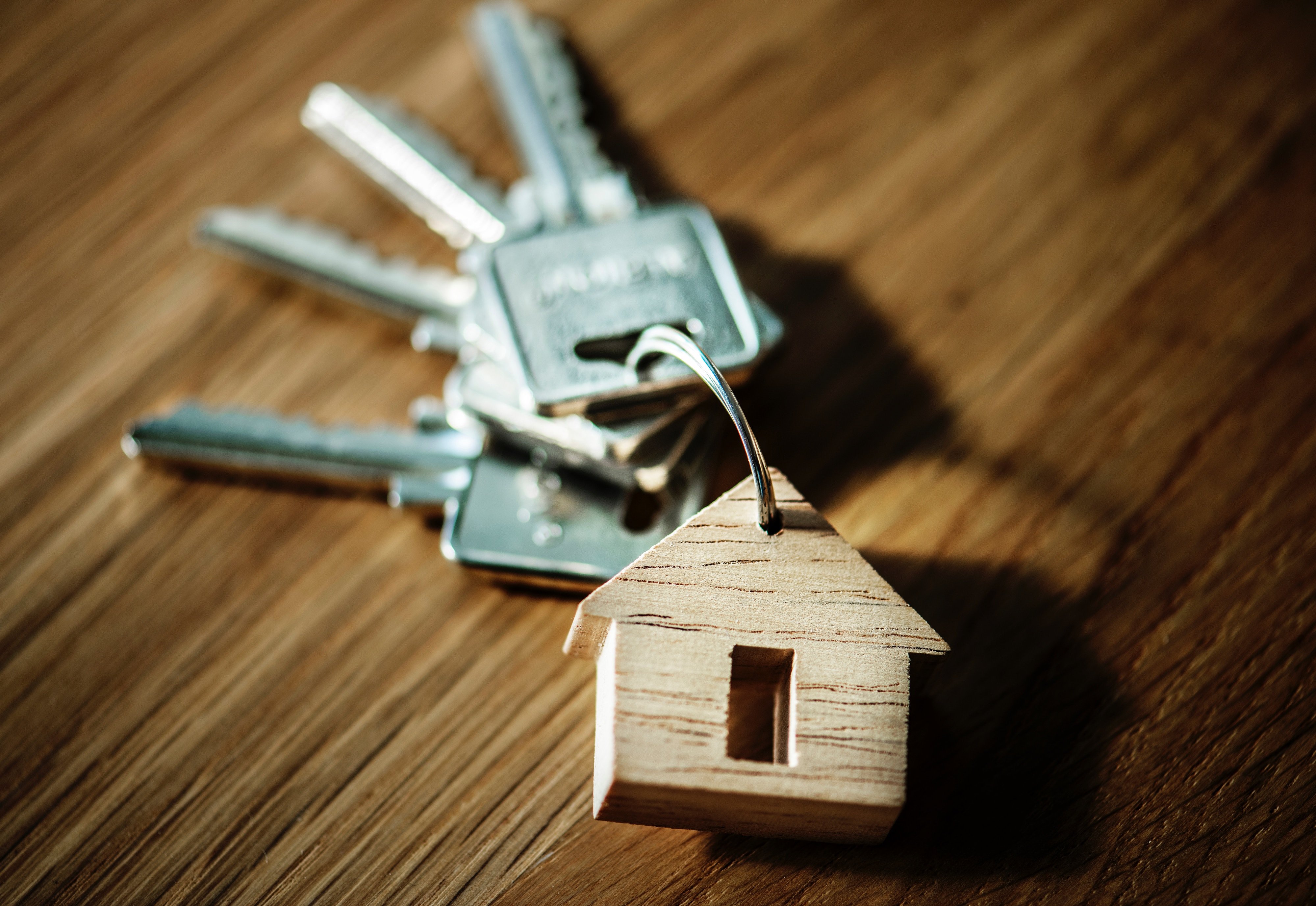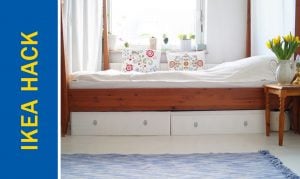When you’re a renter, there are very few things you need to worry about. You only really have to deal with rent, utilities, and insurance. But when you want to become a homebuyer, there are many more things to consider
Find out how much you can afford
You need to ask yourself: “how much can I afford?” For the answer to that question, try using a mortgage affordability calculator. Put in your annual salary, monthly debt payments, property taxes, heating costs, and condo fees (if applicable) to get an estimate. Once you have a general idea of what you can afford, you’re going to need to come up with a down payment
Have money for a down payment
You’re going to need to save money—a lot of money.
You need at least 5% down in order to buy a home if the purchase price is under $500,000. If it’s more than $500,000, but less than $1 million, you’ll need 5% down on the first $500,000 and 10% down for the portion above $500,000. For example, if the home you want to buy is $600,000, you’ll need to come up with at least $35,000 ($500,000 x 5% = $25,000 + $100,000 x 10% = $10,000). And if the home is costs more than $1 million, you need at least 20% down.
If you don’t want to pay for mortgage default insurance (also known as mortgage insurance or CMHC insurance) for a home that costs less than $1 million, you need a down payment of 20% or more.
Where you can get a tax-free loan
If the down payment amount seems daunting, you’re allowed to make a tax-free withdrawal from your RRSP under the Home Buyers’ Plan as a first-time homebuyer.
You can withdraw up to $25,000 for your down payment. If you’re buying with a spouse or partner, you can each withdraw up to $25,000 for a total of $50,000. You must repay that amount over a 15-year period, but the first payment isn’t due until two years after the money is withdrawn. So if you borrow $22,500, you must make annual payments of $1,500 a year. If you don’t, the amount you don’t pay back is considered taxable income. Also, repayments aren’t considered to be RRSP contributions and they won’t affect your deduction limit.
Have a good credit score
As a renter, your landlord may have checked your credit score. As a potential homebuyer, a low score may prevent you from getting a mortgage. However, a high score can help you get a great mortgage rate whether you’re a first-time homebuyer in Ontario, a first-time homebuyer in B.C., or anywhere in Canada for that matter.
If you want to improve your chances of getting a mortgage, it’s best not to apply for a credit card or line of credit right before or during the mortgage application process. Trying to get additional credit may have a negative impact on your score.
Prepare for a stress test
As a homebuyer, you have to undergo a mortgage stress test. You must qualify at either the Bank of Canada’s five-year benchmark rate (currently 5.34%) or your lender’s rate plus two percentage points—whichever is higher. For example, if your lender offers you a rate of 3.59%, you’ll have to qualify at 5.59% (3.59% + 2%).
This stress test is to help make sure you can afford your mortgage in the event rates rise, but it could also hurt your ability to get a larger mortgage. The rules don’t apply to all credit unions so you may want to consider getting a mortgage from one of them instead.
The bottom line
Making the transition to a homebuyer from a renter may seem daunting. However, you don’t need permission from your landlord to make any changes and you can do whatever you want to the property you live in. Best of all, you don’t have to pay someone else’s mortgage.




